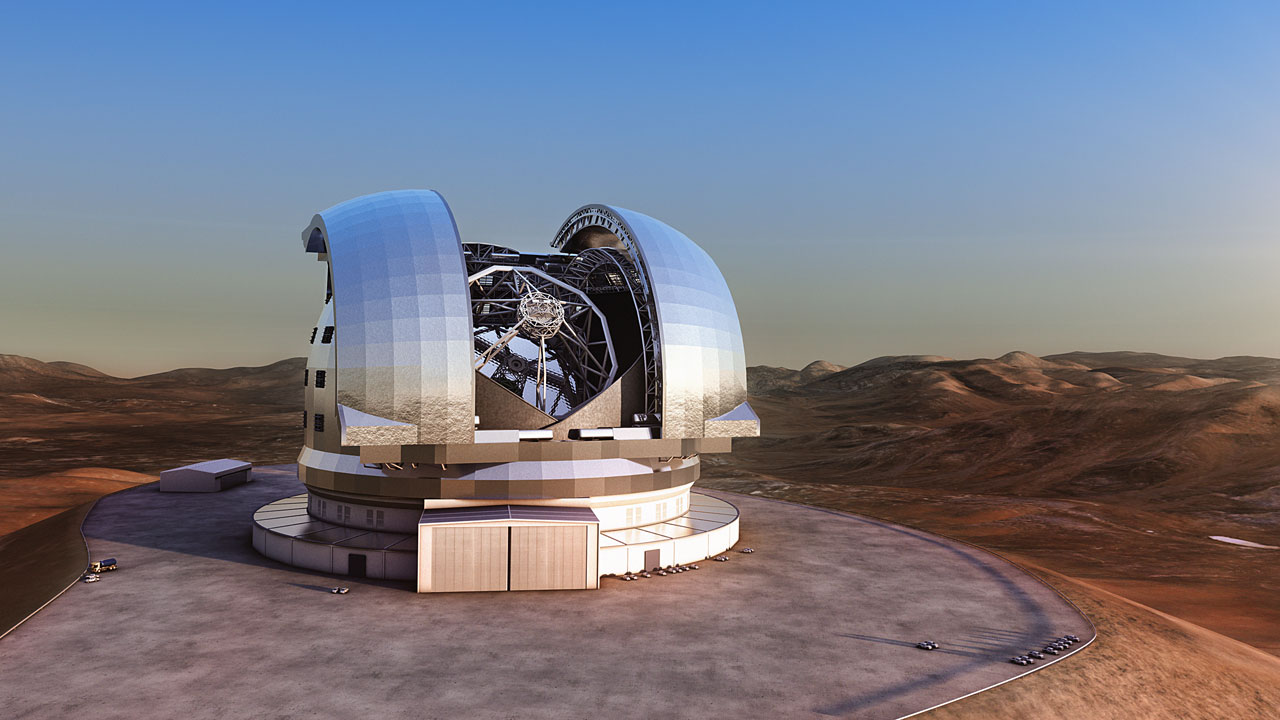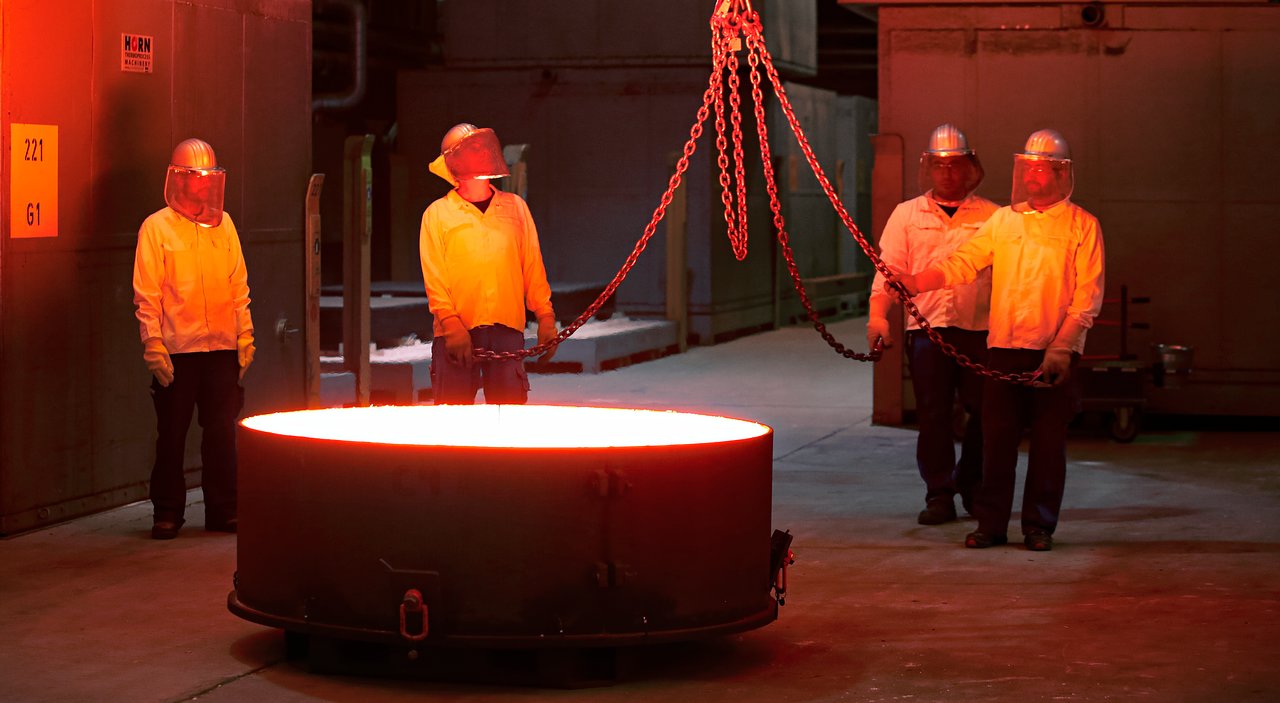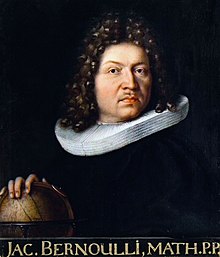ESO is to build the largest optical/infrared telescope in the world. At its meeting in Garching today, the ESO Council approved the European Extremely Large Telescope (E-ELT) Programme, pending confirmation of four so-called ad referendum votes. The E-ELT will start operations early in the next decade.
ESO’s governing body, the Council, met today, at the ESO Headquarters in Garching, Germany. The main topic on the agenda was the start of the European Extremely Large Telescope (E-ELT) Programme — the world’s biggest eye on the sky. The E-ELT will be a 39.3-metre segmented-mirror telescope sited on Cerro Armazones in northern Chile, close to ESO’s Paranal Observatory.
All of ESO’s Member States have already expressed very strong support for the E-ELT project (see
eso1150). The Council has today voted in favour of a resolution for the approval of the E-ELT and its first suite of powerful instruments, pending confirmation of the so-called ad referendum votes.
To approve the start of the programme, two-thirds of the Member States (at least ten) had to vote in favour. At the Council meeting Austria, the Czech Republic, Germany, the Netherlands, Sweden and Switzerland voted in favour of the start of the E-ELT programme. Four further countries voted in favour ad referendum: Belgium, Finland, Italy, and the United Kingdom. The remaining four Member States are actively working towards joining the programme in the near future.
Following the resolution, spending on elements of the project other than the initial civil works will not commence until the contributions pledged by the Member States, as agreed in the funding principles approved by Council in late 2011, exceed 90% of the 1083 million euro cost-to-completion (at 2012 prices).
On the current schedule the first large E-ELT industrial contracts would have to be approved and major funding committed within the next year. This is expected to provide sufficient time for the conditions to be satisfied: the confirmations of the votes from Belgium, Finland, Italy, and the United Kingdom; other Member States to join the project; and for Brazil to complete its ratification procedure.
“This is an excellent outcome and a great day for ESO. We can now move forward on schedule with this giant project,” said the ESO Director General, Tim de Zeeuw.
Early contracts for the project have already been placed. Shortly before the Council meeting, a contract was signed to begin a detailed design study for the very challenging M4 adaptive mirror of the telescope. This is one of the longest lead-time items in the whole E-ELT programme, and an early start was essential. Further details are given in
ann12032.
Detailed design work for the route of the road to the summit of Cerro Armazones, where the E-ELT will be sited, is also in progress and some of the civil works are expected to begin this year. These include preparation of the access road to the summit of Cerro Armazones as well as the levelling of the summit itself.
“The E-ELT will keep ESO in a leading position for decades to come and lead to an extraordinary harvest of exciting science,” concluded Council President Xavier Barcons.






